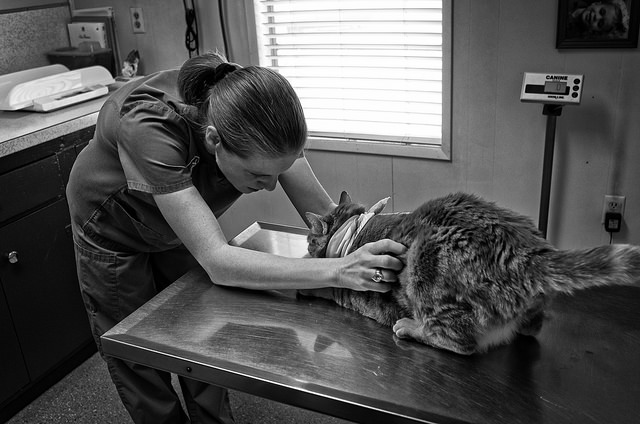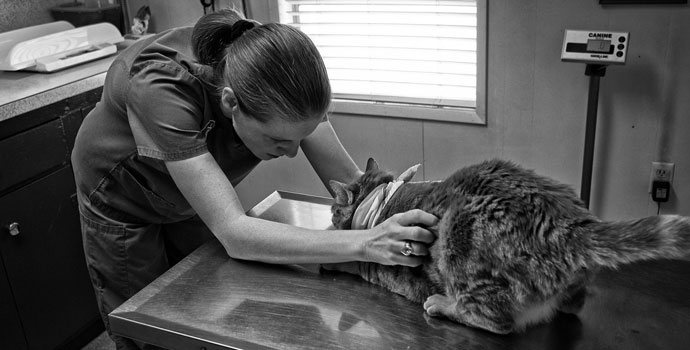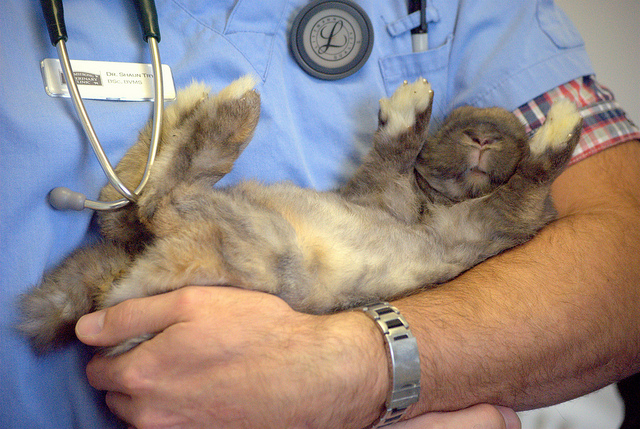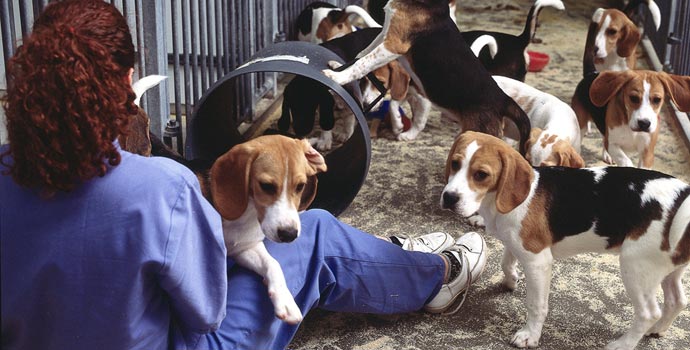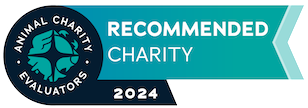Veterinarians And The ‘Duty To Report’
When it comes to the safety and security of companion animals, veterinarians obviously play a crucial role. They are who we turn to when our companions are sick or otherwise need medical attention. In some cases, veterinarians may notice things about the human-animal relationship that is troubling or indicates abuse. While it is common to say that animals can’t speak for themselves, veterinarians may be able to identify abuse or neglect over the course of regular checkups or other procedures. Medical, legal, and other such professions often have a code of professional confidentiality in place that is meant to foster trust with patients, but in the case of veterinarians, this code of confidentiality may be more of a curse than a blessing.
This paper examines the code of professional confidentiality in the veterinary field and discusses how that code may not apply in the same ways because veterinarians have dual clients — the animals and their guardians. This tension between animal welfare and professional secrecy is largely due to the need to “minimize needless animal suffering” and to “provide full legal protection to the client-practitioner relationship,” respectively. What happens, though, if veterinarians notice something where the client-practitioner relationship needs to be set aside to protect the interests of the animal? In this sense, veterinarians are often the first line of defence for animals as they are the first people who are in a position to detect abuse. And so, we arrive at two important questions:
“Is a practitioner morally justified to report suspected cases of abuse to the appropriate authorities? If so, is the professional legally authorized to report the case even when bound by the rule of professional secrecy?”
While the answers may seem simple to animal advocates, the implications for veterinary practice could be profound. The right to professional secrecy is considered by many to be a “fundamental right” and an essential component of the medical legal framework. Still, this does not mean there aren’t exceptions, even in the human world. The field of pediatrics has long recognized the importance of putting in provisions where a doctor has a “duty to report” in situations of neglect or abuse of a child.
Some states in the U.S. (North Carolina, Georgia, Maine, Maryland, New York, and Oregon) have laws stating that veterinarians have a “moral obligation” (which is not the same as a legal obligation) to “report suspicious cases of mistreatment” of animals. In Canada, only Ontario has provisions for this, though they are also voluntary. With mandatory reporting, it may “appear to resolve the ethical dilemma of the practitioner,” but enforcing this mandatory reporting is also difficult. Practitioners may feel that they have a duty of conscience to report, but not a legal duty.
What’s more, the failure to report abuse often “does not expose professionals to any disciplinary consequences: any resulting professional penalties, being neither physical nor monetary, do not seem to carry the same weight as legal penalties.” While the legal duty to report abuse is currently in place in eight U.S. states (Arizona, California, Colorado, Illinois, Kansas, Minnesota, Oklahoma, and West Virginia) and two provinces (Newfoundland/Labrador and Quebec), “the actual exercise of the duty to report occurs almost as infrequently in the United States as the actual exercise of the right to report under voluntary disclosure.”
Where does this leave companion animal advocates and, more importantly, companion animals? The author doesn’t have solutions, per se, as creating provisions for the duty to report and enforcing those provisions are both very difficult legal tasks. The author does put forth the hope that codes of silence around reporting animal abuse can be broken down and that, as societies around the world become more attuned to the suffering of animals, we will see increasing importance placed on the duty to report. Professional veterinary associations, the author notes, may have an especially important role to play, to “help practitioners gain a better understanding of animal cruelty, the legal rules of disclosure, and the most appropriate response in such cases.” For animal advocates, this article gives a great deal to think about how we might also do our part in raising awareness of these issues.
